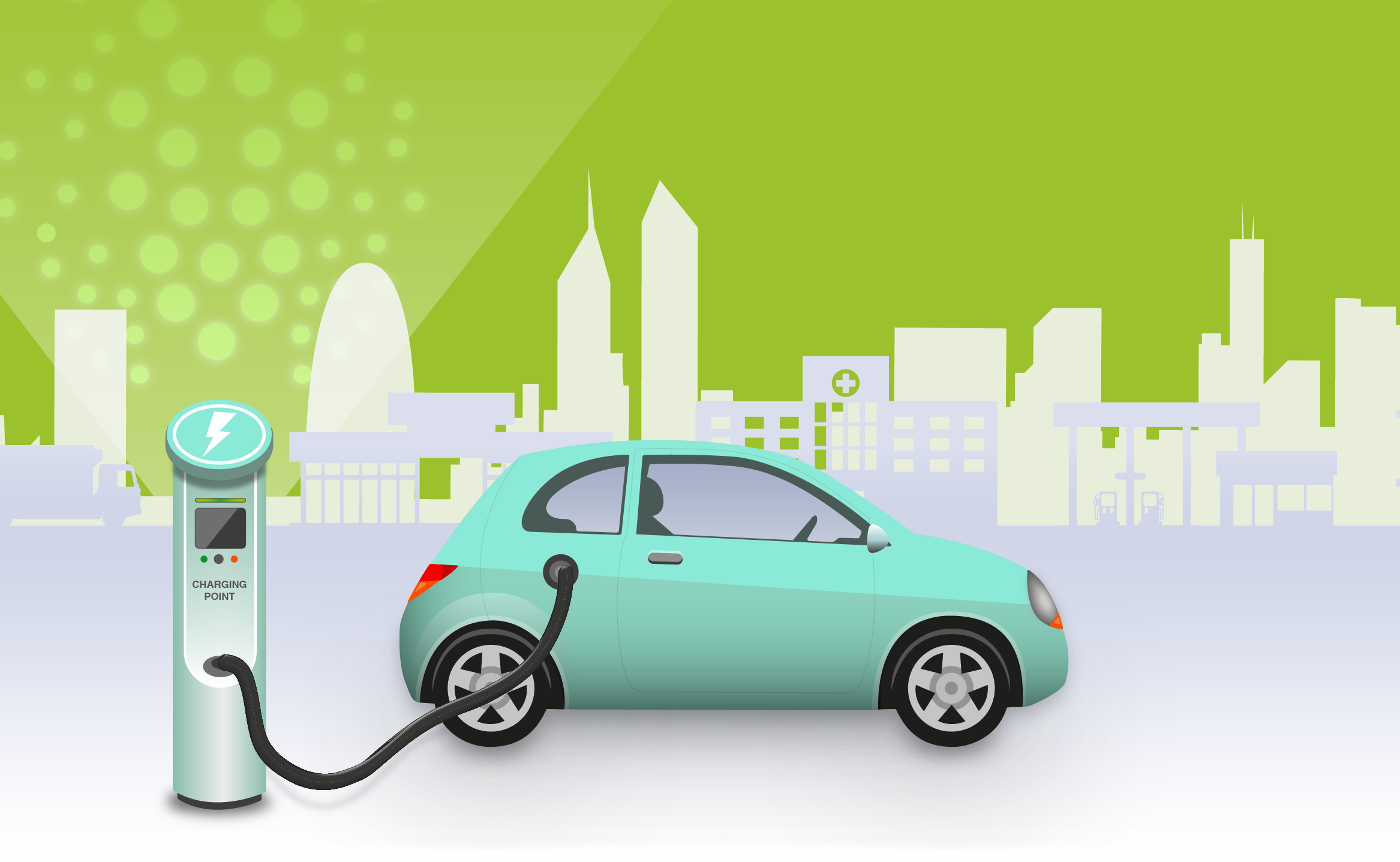What has IoT got to do with EV Charging?

With increasing concerns among the general public of air pollution, the number of Battery Electric Vehicles (BEVs) in Europe is expected to rocket to nearly 20% of all vehicles in use by 2025 and then accelerate, up from less than 2% today. That is a lot of vehicles. In order to provide that, all the major auto manufacturers are spending multi-billions of dollars to invest in new manufacturing plants, not just for the vehicles themselves but also for the battery technologies that will drive the market.
What does that mean for the charging infrastructure to support this and what has it got to do with IoT?
BEV numbers comprise not only private cars, but also car fleets, taxis, light commercial vehicles, heavy goods vehicles and buses/coaches. Instead of filling their fuel tanks with diesel or petrol, their batteries need to be charged with electricity from a power source. This can be a form of home charging, charging at business locations or charging posts in a public places. With the number of BEVs that will be on the road even by 2025, that is an awful lot of new charging load on the Grid. Yet that is just the beginning. By 2040, it looks like virtually all sales of ICE (Internal Combustion Engine) vehicles will have ceased and the number of BEVs will be somewhere over 80% of the total vehicle population.
As we know, Range Anxiety is the fear that a vehicle has insufficient rangeto reach its destination and would thus strand the vehicle’s occupants. This is a huge concern for BEV drivers and a very substantial barrier to growth of the number of BEVs on the road. It is all very well to have charging at home or in business locations, but neither of those will help during a journey if the charge is low. Like the availability of public fuel stations now, the availability of sufficient public EV charging posts will be crucial to the success of the transition from ICE vehicles to BEVs.
EU recommendations are for 1 public charging post for every 10 BEVs on the road. That figure itself though understates the need to have sufficient public charging posts as a minimum to encourage sales of BEVs. Our research also suggests that while some countries are currently exceeding this recommendation, many are way behind and that will inhibit growth of BEVs in those countries. In addition, of course, that does not necessarily mean that the charging posts are in the right places and evenly distributed across those countries that have the larger numbers. In addition to this, while there is a huge amount of investment already declared for public EV charging posts, again this is not uniform across all EU countries. At the same time, calculations suggest that the investments already planned will not be sufficient for the number of BEVs on the road in the late 2020s.
Installing EV charging posts in the right places also creates other issues. Nobody wants to wait for hours for their vehicle to be recharged – it must be completed in minutes. This requires high power and that typically needs special arrangements to provide: not just a straight connection to the Grid.
As charging posts are the points where the vehicles connect with their power source, they are therefore pivotal to the entire EV ecosystem. Likewise, the data communications at the charging posts also play a vital role in connecting the posts with the back-office IT systems and other parts of the operational ecosystem. This data covers many different activities, for example: authorisation, time taken for charging, billing, frequency of usage of EV chargers, energy statistics, maintenance cycles data, consumption management data, various charging information including notifications, localisation data, charging reports between operators and payments and so forth.
This data may be transmitted using fixed line or wireless connectivity. However, wireless is almost always used because of its flexibility and speed of installation compared with fixed line. The wireless connectivity itself can be Wi-Fi based, but this is also quite limiting. Instead, most charging post providers are opting for cellular connectivity, and this is expected to be by far the most common form of data connectivity in future installations.
Robin Duke-Woolley
CEO, Beecham Research.
